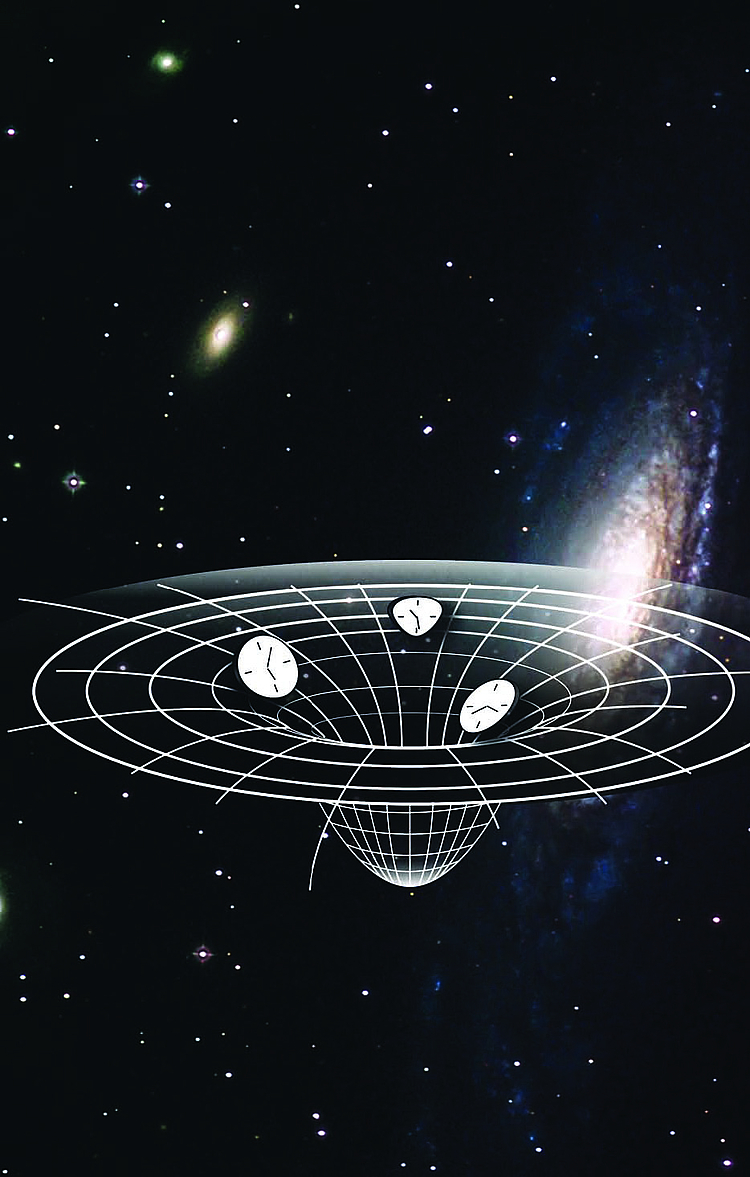Research Projects | Physical Geodesy and Space Geodetic Techniques
Potential Field Determination and high precise Oscillators

| Led by: | Prof. Dr.-Ing. habil. Jürgen Müller |
| E-Mail: | mueller@ife.uni-hannover.de |
| Team: | Dr.-Ing. habil. Enrico Mai |
| Year: | 2011 |
| Funding: | QUEST (Quantum Engineering and Space Time Research) |
| Is Finished: | yes |
Motivation
| Quantum physics and the theory of relativity play an increasingly important role in geodesy. But nowadays, classical geodesy in the most part still relies on Newtonian mechanics and its conceptions of space and time. With the advent of the era of artificial Earth satellites and its utilization in the framework of physical geodesy, relativistic effects no longer could be ignored. Furthermore, novel measurement techniques for the determination of time and frequency using atomic clocks are based on quantum-physical processes. The Earth system's metric field will become a major subject of investigation in future geodesy. |
|
Objective
Fig. 2: Heart of an optical clock developed at the PTB, Source: PTB-Mitteilungen, Special Issue, Vol. 119 (2009) No. 2. | The potential uses of available quantum sensors for geodetic applications shall be investigated. Within the domain of physical geodesy, the utilization of high-precise time and frequency normals (optical atomic clocks, frequency combs) for gravity field determination in combination with classical gravity field observables is of special interest. Being part of the QUEST cluster of excellence, the relativistic geodesy (potential measurements via atomic clocks) shall be advanced and promoted. As an example, the global unification of national height systems would be a worthwile application.
|
Methods
The determination equation for the comparison of atomic clock readings depends on the state of motion of the involved clocks and its respective positions within a gravity potential. In return, these quantities could be determined by time and frequency comparisons between atomic clocks that are distributed in a network. For instance, geoid height determinations on the cm-level require (optical) atomic clocks with an accuracy of about 10^(-18). The development of specific observation methods or measurement techniques is in progress. |
|
| Fig. 4: Comparison of remote frequency standards at LUH and PTB by means of optical fiber, Source: PTB-Mitteilungen, Special Issue, Vol. 119 (2009) No. 2 |




